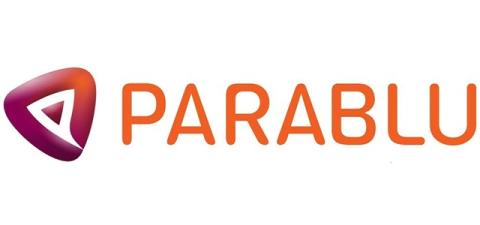The Four Transformational Impacts of SASE: Revolutionizing IT Infrastructure with Cato
In today’s fast-paced digital landscape, IT departments face unprecedented challenges. From managing increasingly fragmented infrastructures to ensuring robust security, the demands on IT teams have never been higher. Secure Access Service Edge (SASE) represents a groundbreaking approach to addressing these challenges by converging networking and security into a unified, cloud-native platform. But what makes a true SASE platform so transformative?











